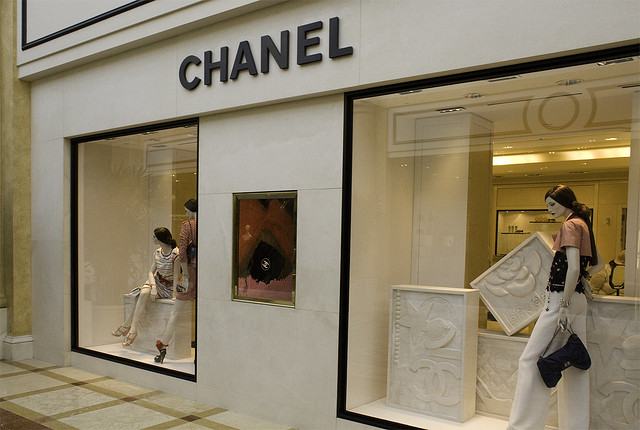I love shopping, and I can even relate to the movie Confessions of a Shopaholic, despite having no credit card debt like Rebecca Bloomwood. I also remember watching The Devil Wears Prada and being in awe of the designer items showcased.
Many of us feel pressured to drastically cut our spending to be considered “good with money”. Most financial advice doesn’t consider the spending habits of those who occasionally splurge on designer items. On that note, here are some tips to save money while still indulging in designer shopping.
#1: CHECK YOUR MAILING LIST
Avoid buying items at full price. When you purchase designer items, you’ll typically receive emails about upcoming sales and promotions. Make sure you’re subscribed to these mailing lists to stay informed about discounts.
#2: WAIT FOR SALES
If you love something but it’s out of your budget, be patient. Most items eventually go on sale, usually a few weeks to a few months after their release. This waiting period can save you money, and you might even find a similar item at a lower price or lose interest in the original piece altogether.
#3: INVEST IN TIMELESS PIECES
While I often buy affordable tops in Uniqlo, I also invest in quality designer staples like classic plain tees and silk scarves. Spending more on high-quality basics can save money in the long run, as they withstand wear better than cheaper alternatives.

Image Credits: unsplash.com
#4: SHOP AT THRIFT STORES
Thrifting has become increasingly popular, and it’s a great way to save money. Fashion trends are cyclical, and designer thrift stores such as Refash or Dustbunny Vintage offer trendy items at a fraction of the price. Plus, it’s a sustainable shopping option.
#5: SELL YOUR CLOTHES
Declutter your wardrobe and sell clothes you no longer wear on platforms like Carousell. This not only gives you extra cash for new luxury clothes but also helps keep your wardrobe organized. Even if you don’t make much, it’s better than letting old clothes gather dust.
#6: BUY OUT OF SEASON
Purchasing clothes out of season can lead to significant savings. By shopping for winter clothes in the summer or summer clothes in the winter, you can often find great deals on high-quality items.
#7: DO YOUR RESEARCH
Before buying a luxury item, compare prices online across different regions. Sometimes, you can save money by purchasing in countries like Japan, Hong Kong, Taiwan, or Thailand. Do your homework to find the best deal.

Image Credits: unsplash.com
By following these tips, you can enjoy designer shopping without breaking the bank. Happy shopping!






